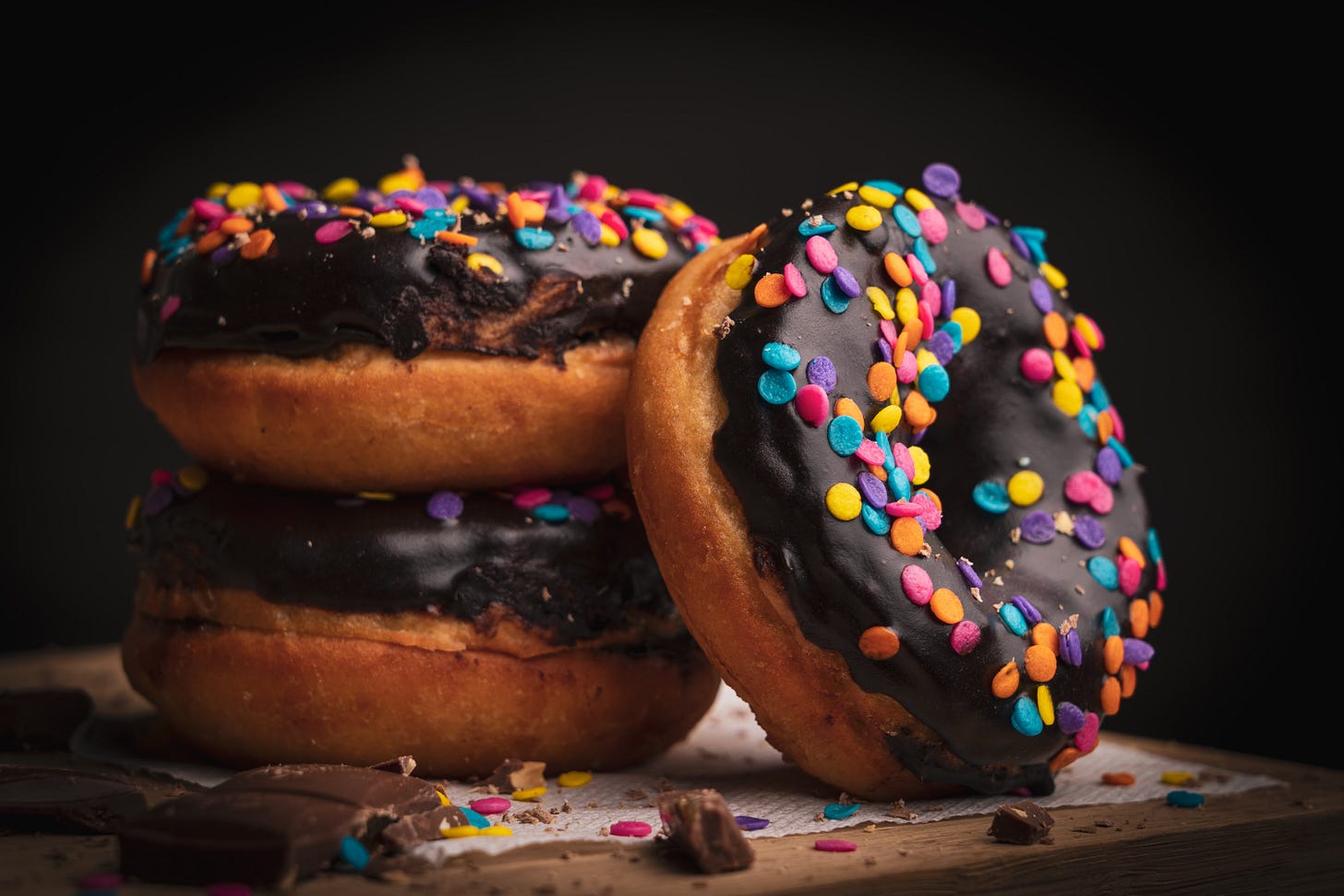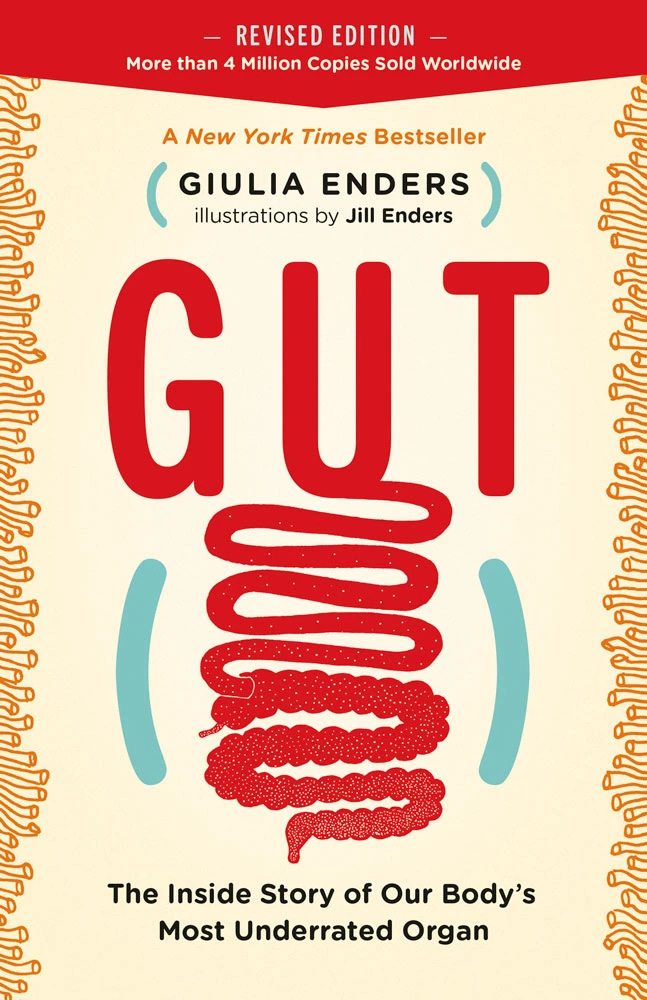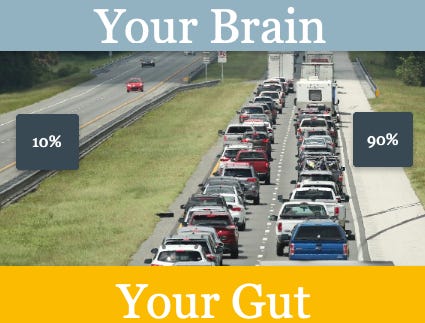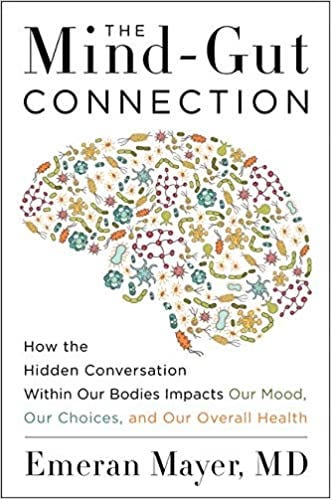Welcome everyone. Some of you have been with us for nearly a decade and others have just joined, so I want to start this by setting new expectations for this newsletter. We have moved it to a different platform, and we are giving it a new focus. In the past we haphazardly sent out letters when we remembered, mostly letting you know about where we were going to be teaching the art of the ferment or of new books coming out. This year has grounded us to the farm and refocused us to finding ways to help as many people around the world to ferment for themselves as possible.
To that end we launched an online school, fermentationschool.com, and we are relaunching this newsletter for the fermentation nerds in the world, hopefully you, to cover a single topic at a time. Something that you might have heard in the news or on talk shows in passing, or something you heard us say in a class, or in a newsletter, as in the example above, and wondered what the science was behind it. I was born in Missouri, the show-me state, so getting the science behind something feels right. I hope you and your friends and family find it helpful as well.
If I can be so bold as to refer to all of us as fermentation nerds we range from Harvard-trained microbiologist professors to stay-at-home mothers, from farmers in rural areas in India to professionals in London and New York. Something brought you here and I hope to continue to earn a few moments of your life a month to spread the word. Feel free to pass this on.
Do you crave those donuts or do they?
Summary: what you choose to eat, and to some extent how much of it, may be influenced or even controlled by your unique gut microbiota. It’s crazy, but there is a lot of science behind it once you dig in. We will explore how this could happen, why it might happen, and what we can do to influence it if we are looking to change how we eat.
It is exactly this science that gave us the idea to build a 30-day challenge course that is all about learning simple tricks to include ferments in the types of foods that you might eat already. The idea being to help you intuitively add ferments to meals while building a habit, which is really changing the eating habits of the guys down below. Keep reading as I tease this out.
From this point on I’m going to refer to the general humans we think of as “us” and the 4.5 pounds or so of microbes in out guts as “them”, though I think you are going to see by the end of this that it gets messy and maybe a bit schizophrenic. Also please know this is considered “speculative science” by many, but I personally believe that just means we are at the beginning of getting our arms around it. I’ll do my best as a lay person to explain what I have learned and as always, I love to hear from all of you. Okay, let’s dive in.
I was first introduced to the idea that the foods we crave may not be necessarily from us but from them in Dr. Giulia Ender’s worldwide bestselling book - Gut. If you aren’t one of the 5 million that have bought it I would highly encourage you to find a copy because it is a fascinating, entertaining journey through our darkest internal areas, with wonderfully fanciful illustrations by her sister. It is hands down the best description of how and why we poop that I have ever read and yes, if you must ask, I read a fair amount about such things. Suffice it to say, Kirsten and I have very different reading lists.
About two-thirds through the book (page 189 in the 2018 revised edition) she gets to cravings, mentioning a hypothesis postulated in 2013, that our gut bacteria can affect our appetite. She goes on to explain how and why they might do this. As to the how, they have a couple of modes to influence our brain, the Vagus Nerve and through hormones in our bloodstream. Think of the Vagus Nerve (pronounced like Vegas the city) as a multilane highway from our gut to our brain, with 90% of the traffic flowing north to the brain and only 10% flowing south from the brain to the gut. It’s the foundation for the concept of the Gut-Brain-Microbiome Axis. Much more on that in a bit.
The theory is that the microbes in our guts reward us for eating what they want and discourage us when we don’t. Dr. Enders generally speaks of the Microbiota Accessible Carbohydrates (MAC) that the good bacteria in our colon need. Actually, she doesn’t use that term, which is part of the simplicity and beauty of her book, but that’s what she is talking about and I think we might as well start using it now. A MAC in this case is really the opposite of a Big Mac in nearly every respect, being dietary fibers, which are non-digestible forms of carbohydrates. At least not digestible to our acid-bath stomach or our small intestines. So, it passes on, basically intact, to the large intestine or colon where microbes await their meal, their main source of energy. Here we are going to step over a very large and deep rabbit hole, that of gut homeostasis, and when things go sideways and lead to things like inflammatory diseases. It’s a big topic, one fermentation plays a role in and so we plan to cover it in depth in 2021 so stay tuned. For now, let’s stick to cravings.
For all the praise I have for Dr. Ender’s book her endnotes are a bit of a treasure hunt, but I found the article she is referencing, entitled “Hypothesis: Bacteria Control Host Appetites” in the Journal of Bacteriology (links to everything at the end). Their hypothesis is that you/we/all humans have a mutual reinforcing feedback loop between the human us and the bacterial them. We are their host, and as such the rules for the relationship from their perspective is generally be good to your host and your host will be good to you. It is the microbe golden rule.
That makes pretty good sense until you realize that they are not a single organized being but literally trillions of microbes of thousands of types. Imagine the largest city, which at this writing is Tokyo at a little over 37 million people, and now imagine 30,000 Tokyos full of different races of microbes.
In terms of genes there are 100 microbe genes for every human gene in our bodies, although that number seems to be in flux a bit lately. Still, you get a picture of the numbers on both sides and the competition on their side for food and survival. Just like us, those little guys want to survive and replicate, and it follows that they have slightly different nutrient preferences.
“We do not yet know whether different bacteria express different desires. When we give up sweets, we eventually stop missing then so badly at some point. Is that because the gummy bear and chocolate lobby has been starved out? We can only speculate.” – Dr. Giulia Enders in Gut
Turns out in the hypothesis paper they do speculate about this when breaking down the specifics of that mutual relationship loop and the dependencies on each side. They depend upon the environment (our insides), which include things like our stress levels and the larger environmental conditions we live in, as well as what we choose to consume and in what quantities. Let’s keep it simple and think of these two as stress and nutrients. This is where it gets fascinating and a little bit creepy maybe.
Let’s talk about you. What did you eat today and how did you decide how much of it to eat? Its choice and quantity and you probably just did it without a lot of thought. Our bodies have multiple ways for our gut to use that Vagus highway and all that traffic heading north to the brain to signal what nutrients are needed and how much. The theory goes when our microbiota is healthy, meaning diverse and in a state of balance, no particular group dominates the others and therefore cannot also dominate these two controls. Before the Western Diet, humans did pretty well with this setup. Now we have an abundance of foods closer to Big Macs than MACS, more sugar and fat than fiber. Besides that, we all have a whole lot of stress and that was documented before 2020…
What you chose to eat might have been tied to the pleasure you felt it would bring you, or more specifically the potential dopamine hit in our reward pathway. A quick note here—Natto gives Kirsten a dopamine hit, at least that’s why I think she makes sure we eat a little daily. I have yet to experience this myself, but I now miss it if we don’t have it. Maybe I’m getting a little dopamine after all. Bacteria in our guts can directly signal the creation of dopamine in the brain, either through that Vagus nerve signaling or through hormones in the bloodstream. So, it’s clear they can reward us for the right choices. They can also influence how much we eat by influencing our system for feeling full, interfering with it when the food we have chosen is their choice to increase the supply. It seems greedy and thus so human in some way doesn’t it?
This brings us to our second big rabbit hole that we are going to sidestep for now but promise to head down in an upcoming episode and that is how the microbes in our guts affect our behavior and moods. There has been a lot of interesting research in this area and the short of it is that they do but let’s get back to you and why you have eaten what you have today.
Another great best-selling read is The Mind-Gut Connection by Emeran Mayer, MD. There is a lot of information applicable to microbiota and emotions but about two-thirds through his book he looks a food addiction and the affect the Western diet has upon our food cravings. Mayer tells us our appetite is controlled by three systems. The hypothalamus-based appetite control system and the dopamine-fueled reward system that we have touched upon earlier and a third, the executive control system. It’s that space behind your forehead that like a good referee just lets them play until there is an infraction and then they step in and sort it out. That might look something like that moment you realize just how much of that bag of chips you have eaten in one setting. That’s your prefrontal cortex executive control stepping in to say “Hey guys, I know everyone is on board with finishing this bag but it’s enough” because part of your system has done the calculations and figured out you aren’t going to need nearly that many calories today.
“…there is good evidence that the dominance of hedonic food seeking may be caused by the inactivation of the hypothalamic control system by metabolic toxemia.” - Emeran Mayer, MD in The Mind-gut Connection
Just like with Dr. Enders, when Dr. Mayer gets to microbes manipulating their human hosts to eat specific foods he points to the latest study, this time a paper from 2014, with the provocative title “Is eating behavior manipulated by the gastrointestinal microbiota? Evolutionary pressures and potential mechanisms” which proposes that taken to the extreme microbes may influence our eating behavior to their benefit but our detriment.
I think of it as microbes influencing our food cravings through a carrot and stick sort of thing. The carrot is the reward system and our friend dopamine. Ah, dopamine, I think I get a bit of it just saying the word. The theory goes that microbes tilt our reward system toward the foods that give them a competitive advantage over their microbial colleagues, even if this isn’t necessarily good for us. Hello you cute donuts, what colorful and yummy sprinkles you have…
The stick hints at the looming topic of emotions as the theory goes that microbes can create negative moods that are lifted when, you guessed it, we eat what they want us to eat. If your executive control referee stepped in to stop the dopamine play, then they will put us in a funk until we grab them anyway and then reward us by lifting the funk.
At this point you might be feeling like its hopeless and out of your control. It’s not YOU, its THEM that are responsible for those bad cravings after all. Well, maybe but there is hope. It’s true that our microbiota is complex and hopefully very diverse. Sometimes there can be a conflict between what’s good for them and what’s good for us as their host and that’s where hopefully our big brain steps in to blow the whistle. The other way is to change them, from a lot to just a little. On the extreme side there is antibiotics, which unfortunately is indiscriminate in terms of who is taken out. This is now rarely but increasingly followed up by a fecal transplant which introduces a full set of microbes that were happily living in someone else before. On the less invasive side and much more approachable side studies show that our microbiota makeup can change, sometimes fairly dramatically within a day or two, after changing our diet. This is not a quick fix but more of a long-term play where you are changing the nutrition, including specific food for your good bacteria in the form of prebiotics, as well as ingesting beneficial microbes in the form of probiotic foods, to nudge the community to a healthier state for its host, which of course is you.
We will tackle prebiotics and probiotics this coming year but until then if you are moved to take action now, we’d love to see you in our January cohort of our new 30-day Fermentation Challenge. You will get a lesson a day, each costing only a dollar, for 30 days, giving you very simple ways to start introducing fermented foods into your daily diet. By the end of 30 days, it’s quite possible that some of those fermented foods will make it to the cravings list and that’s probably a good thing for them and for you.
Thanks for reading and please forward this to anyone that you think might enjoy it. Until next month, be safe out there.
-Christopher
Additional Reading References
Enders, Giulia. Gut: The Inside Story of Our Body’s Most Underrated Organ. , 2015. Internet resource.
Norris, Vic, Franck Molina, and Andrew T. Gewirtz. “Hypothesis: bacteria control host appetites.” Journal of Bacteriology 195.3 (2013): 411-416
Mayer, Emeran A. The Mind-Gut Connection: How the Hidden Conversation Within Our Bodies Impacts Our Mood, Our Choices, and Our Overall Health. , 2018. Internet resource.
Alcock, Joe, Carlo C. Maley, and C. Athena Aktipis. “Is eating behavior manipulated by the gastrointestinal microbiota? Evolutionary pressures and potential mechanisms.” Bioessays36.10 (2014): 940-949.










Hey Everyone - originally I didn't include the references but they are now added to this post. Books link to Bookshop.org and articles to sources which provide free PDF versions. Let me know if anyone has trouble accessing. - Cheers
Very interesting! Have you guys ever heard of Helminthic therapy? I’m soon about to embark on a personal trial of this. Lots of good studies regarding it, especially in Australia. It’s basically infecting (? maybe not the right word!) yourself with hookworms, the idea being that we’ve evolved with these and due to modern sanitation/diet we have eliminated them from our bodies and this may be the reason for all the auto immune diseases that abound these days.